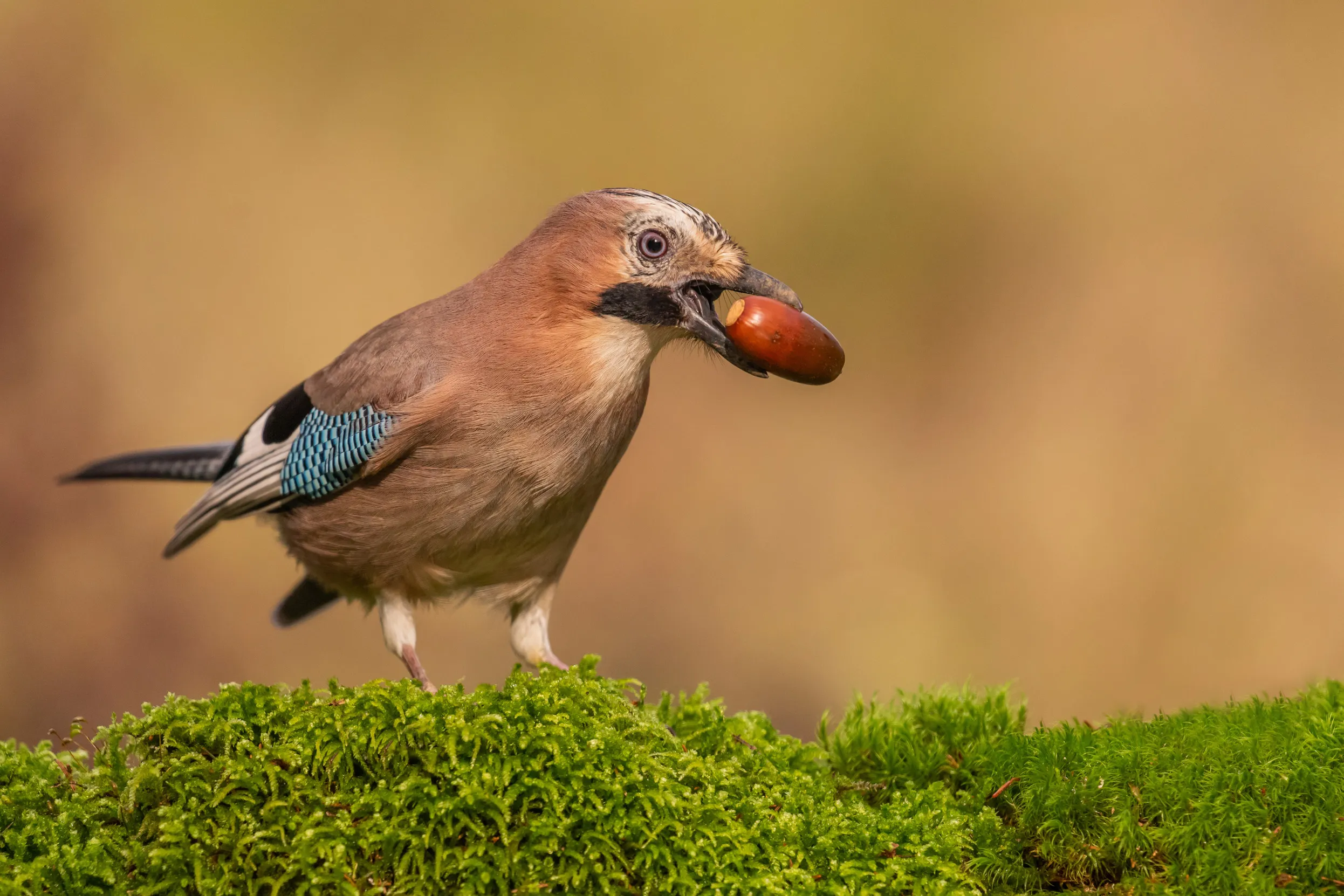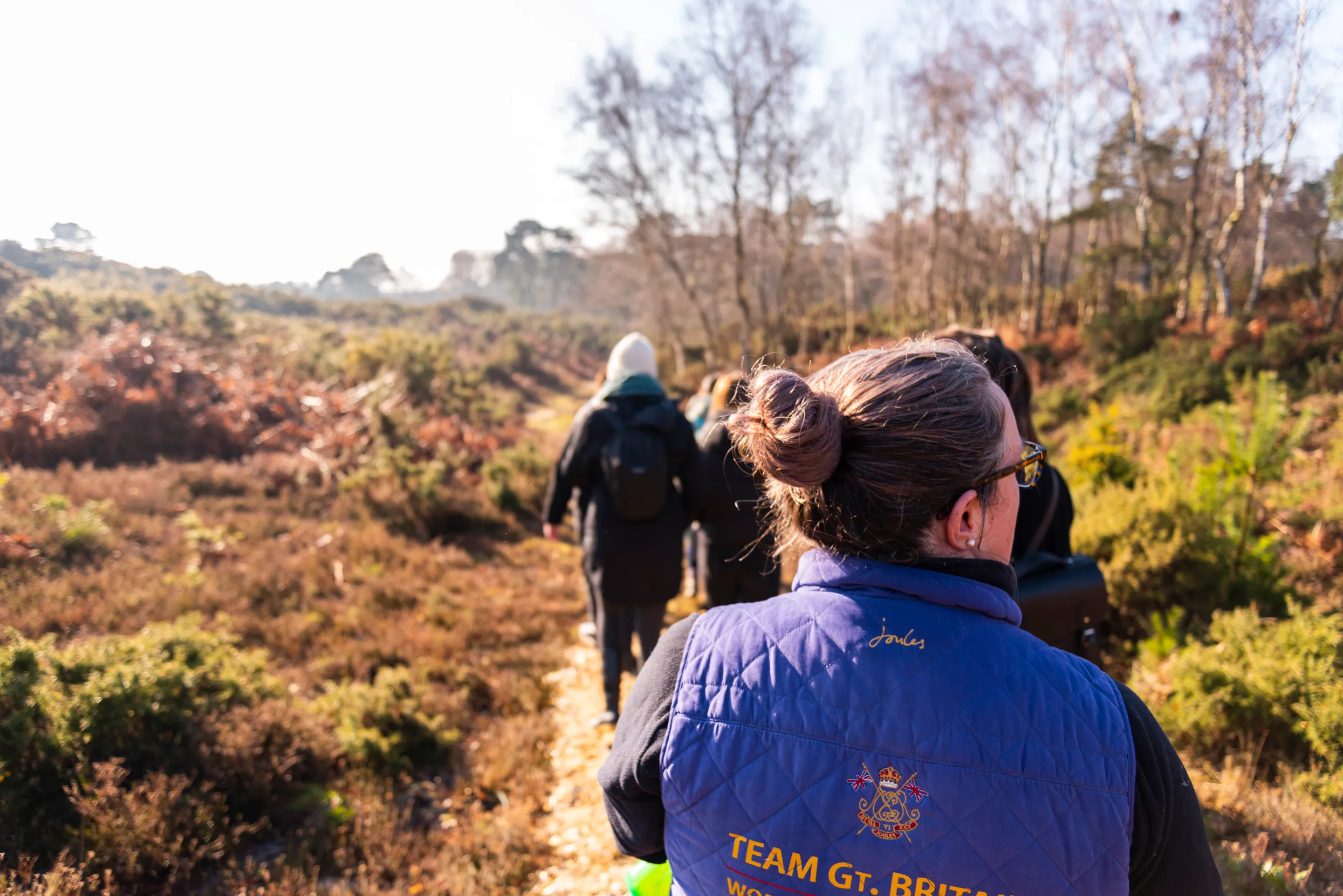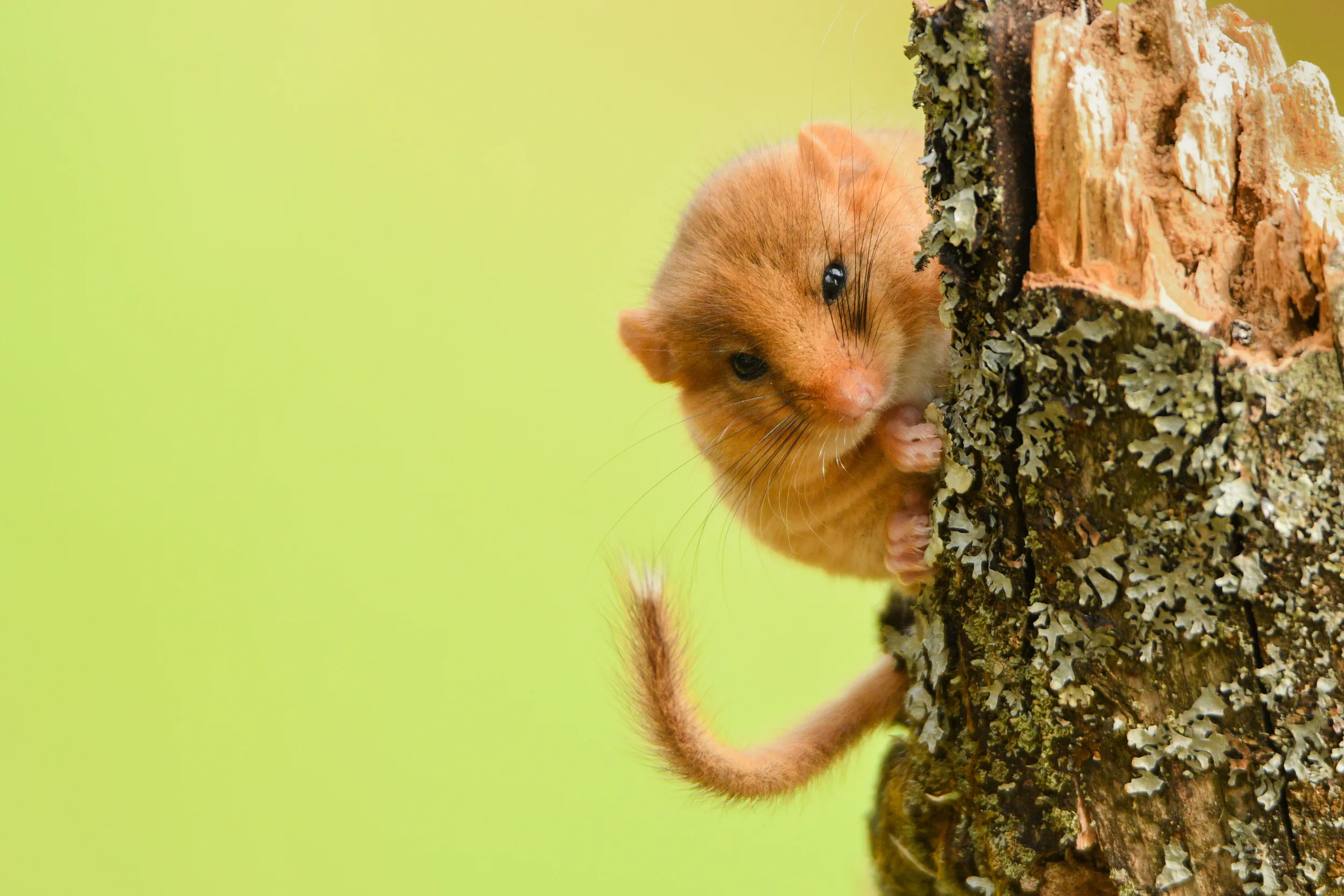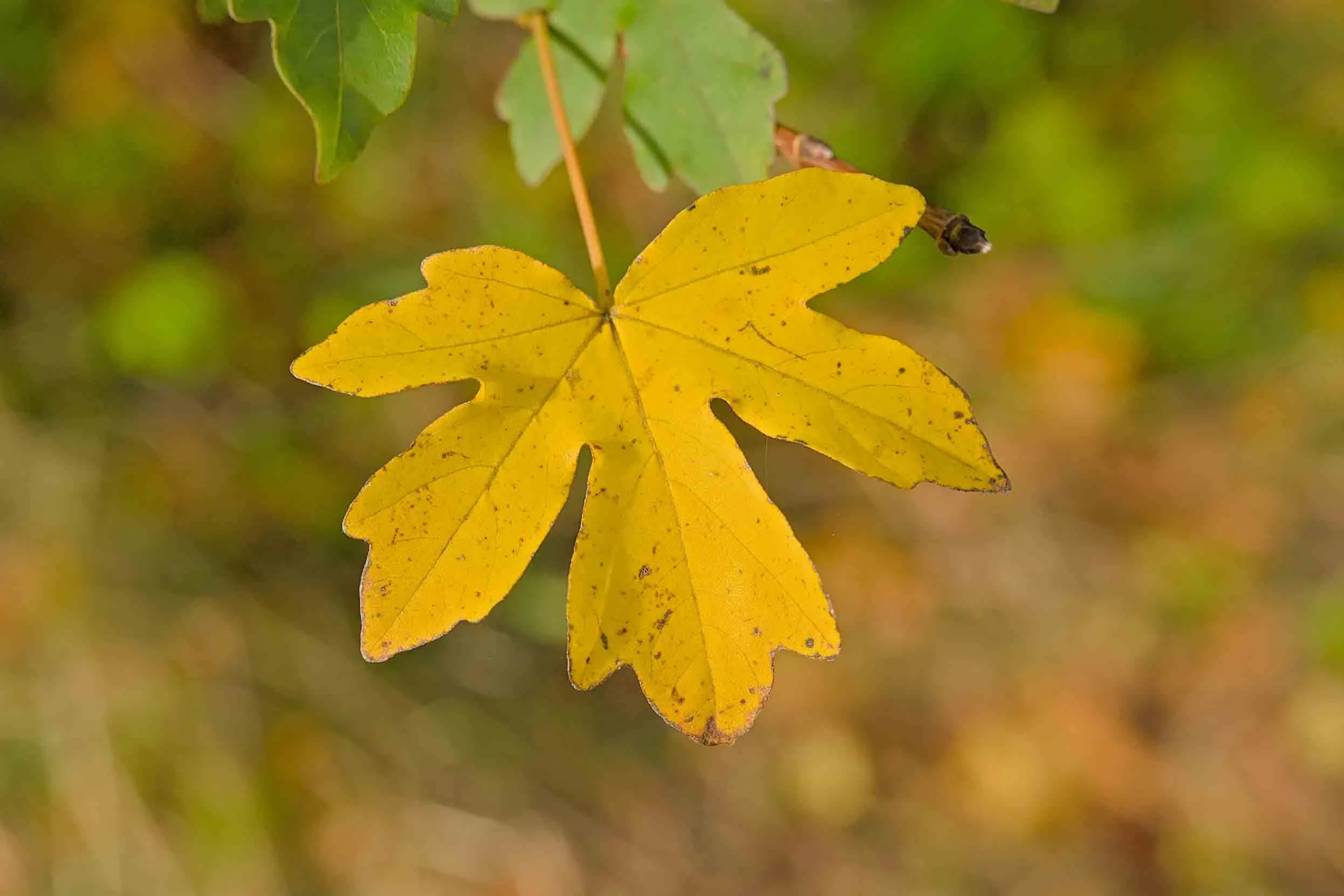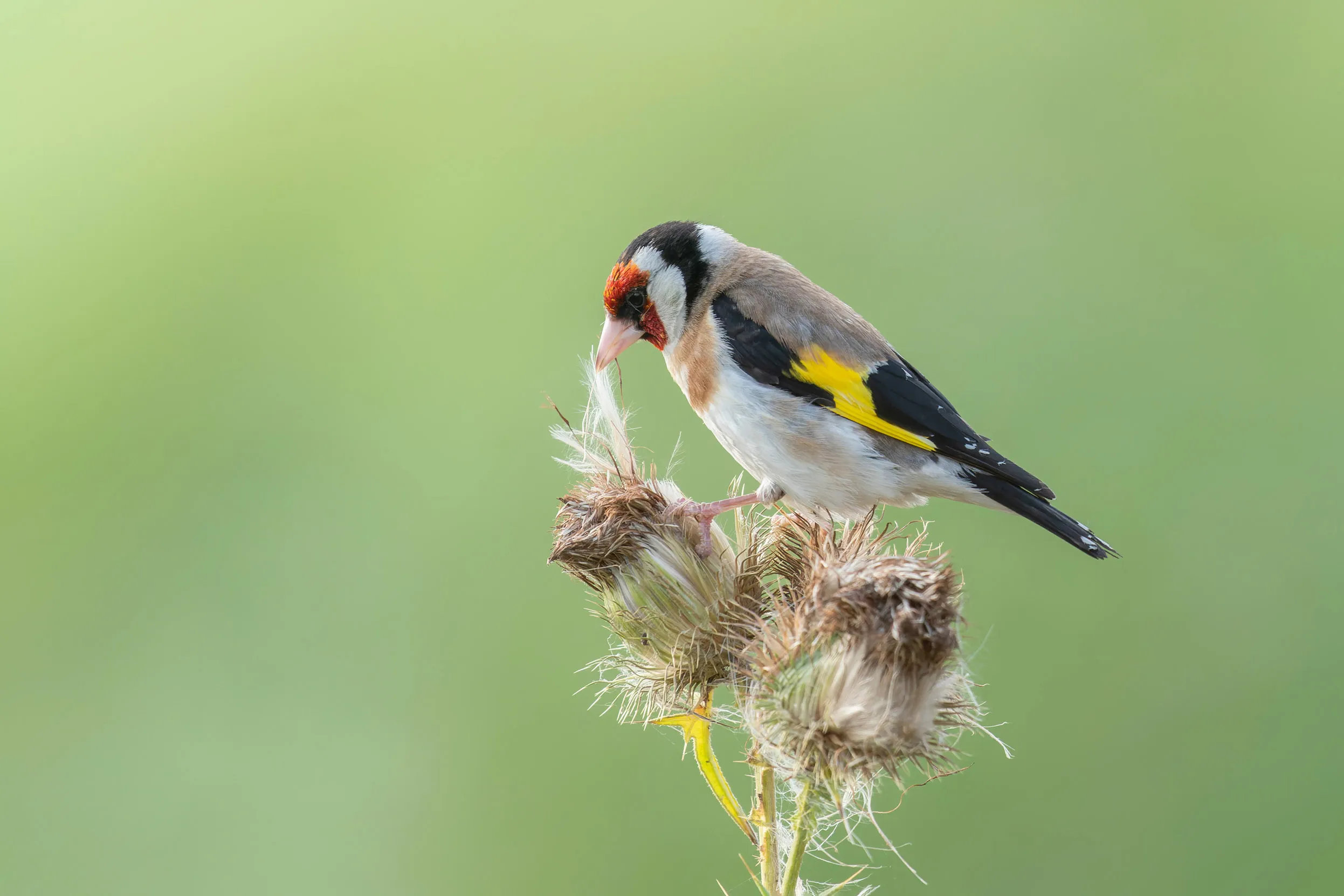Seeds you find in your local area will probably thrive in your garden, and you’ll increase habitat and food for wildlife too. Plus, it’s free.
By autumn, the most common seeds to find are tree seeds, such as acorns and hazelnuts, and flowering plants with stiff stems such as teasels. Oaks and Hazels will eventually grow into big trees, but they can be happy growing in a pot for many years. When they get too big, maybe you have a community scheme nearby that will plant it out for you?
It’s important to collect seeds from public places (so you’re not pinching someone’s seeds!) and only when you are sure what the plant is and that it isn’t invasive. Only collect a few seeds - you won't need many. Plus, don't take from sites protected for wildlife.
